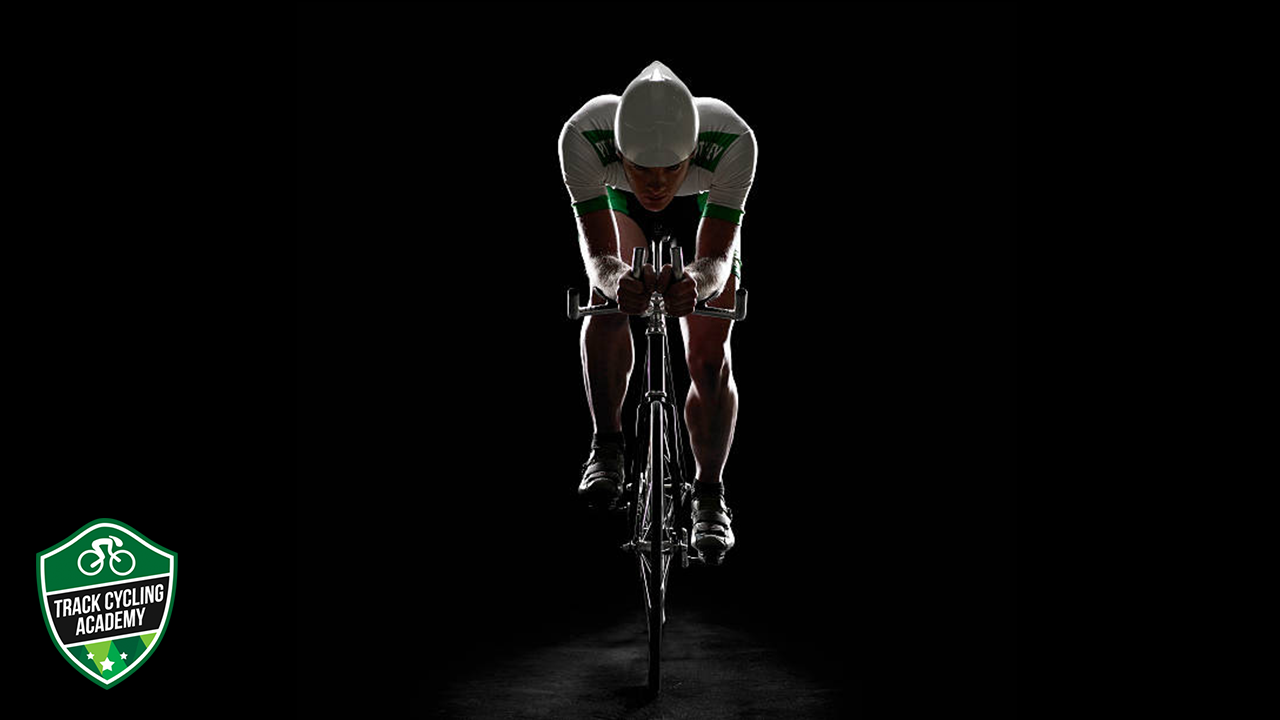Progressive Muscle Relaxation for Cycling Performance

One of the body’s reactions to fear and anxiety is muscle tension. This can result in feeling “tense”, or can lead to muscle aches and pains, as well as feelings of panic, self-doubt and an array of other emotions which are non-conducive to cycling performance.
Think about how you respond to anxiety, stress or nerves…
Do you “tense up” when you’re feeling anxious or nervous?
Progressive Muscle Relaxation (PMR) can be particularly helpful in cases where anxiety is especially associated to muscle tension.
Progressive muscle relaxation (PMR) was first identified by Jacobson in 1934 as tensing and releasing of 16 muscle groups. Wolpe adapted it for use with systematic desensitization in 1948 and Bernstein and Borkovec in 1973 studied adjustments to the technique to fit cognitive behavioural stress management.
Empirical evidence supports the use of PMR in high level tension responses and mind body techniques such as: reducing tension headaches, insomnia, adjunct treatment in cancer, chronic pain management in inflammatory arthritis and irritable bowel syndrome.
By learning a basic PMR procedure you can train your mind and body to prepare for optimal performance…
Here’s a quick and basic analogy…
Think of a cat walking across a room…
The cat walks with grace, deliberate relaxed movements - it’s calm, and alert.
If the cat sees a bird and decides to pounce, it makes quick deliberate actions in precise directions with astounding speed.
Before you get on your bike to race or perform, think of yourself like a cat - calm, relaxed and ready to pounce.
It is when our minds are in the calmest state, we have the ability to think clearly, prepare to our best abilities, and subsequently perform at our very best.
PMR General Procedure
- Once you’ve set aside the time and place for relaxation, slow down your breathing and give yourself permission to relax.
- When you are ready to begin, tense the muscle group described. Make sure you can feel the tension, but not so much that you feel a great deal of pain. Keep the muscle tensed for approximately 5 seconds.
- Relax the muscles and keep it relaxed for approximately 10 seconds. It may be helpful to say something like “Relax” as you relax the muscle.
- When you have finished the relaxation procedure, remain seated for a few moments allowing yourself to become alert.
Suggested Sequences
- Right hand and forearm. Make a fist with your right hand.
- Right upper arm. Bring your right forearm up to your shoulder to “make a muscle”.
- Left hand and forearm.
- Left upper arm.
- Forehead. Raise your eyebrows as high as they will go, as though you were surprised by something.
- Eyes and cheeks. Squeeze your eyes tight shut.
- Mouth and jaw. Open your mouth as wide as you can, as you might when you‘re yawning.
- Neck. !!! Be careful as you tense these muscles. Face forward and then pull your head back slowly, as though you are looking up to the ceiling.
- Shoulders. Tense the muscles in your shoulders as you bring your shoulders up towards your ears.
- Shoulder blades/Back. Push your shoulder blades back, trying to almost touch them together, so that your chest is pushed forward.
- Chest and stomach. Breathe in deeply, filling up your lungs and chest with air.
- Hips and buttocks. Squeeze your buttock muscles
- Right upper leg. Tighten your right thigh.
- Right lower leg. !!! Do this slowly and carefully to avoid cramps. Pull your toes towards you to stretch the calf muscle.
- Right foot. Curl your toes downwards.
- Left upper leg. Repeat as for right upper leg.
- Left lower leg. Repeat as for right lower leg.
- Left foot. Repeat as for right foot.
Practice means progress
Only through practice can you become more aware of your muscles, how they respond with tension, and how you can relax them. Training your body to respond differently to stress is like any type training – practising consistently is the key.
Feel free to leave any questions or comments in the box below.
Safe riding!

